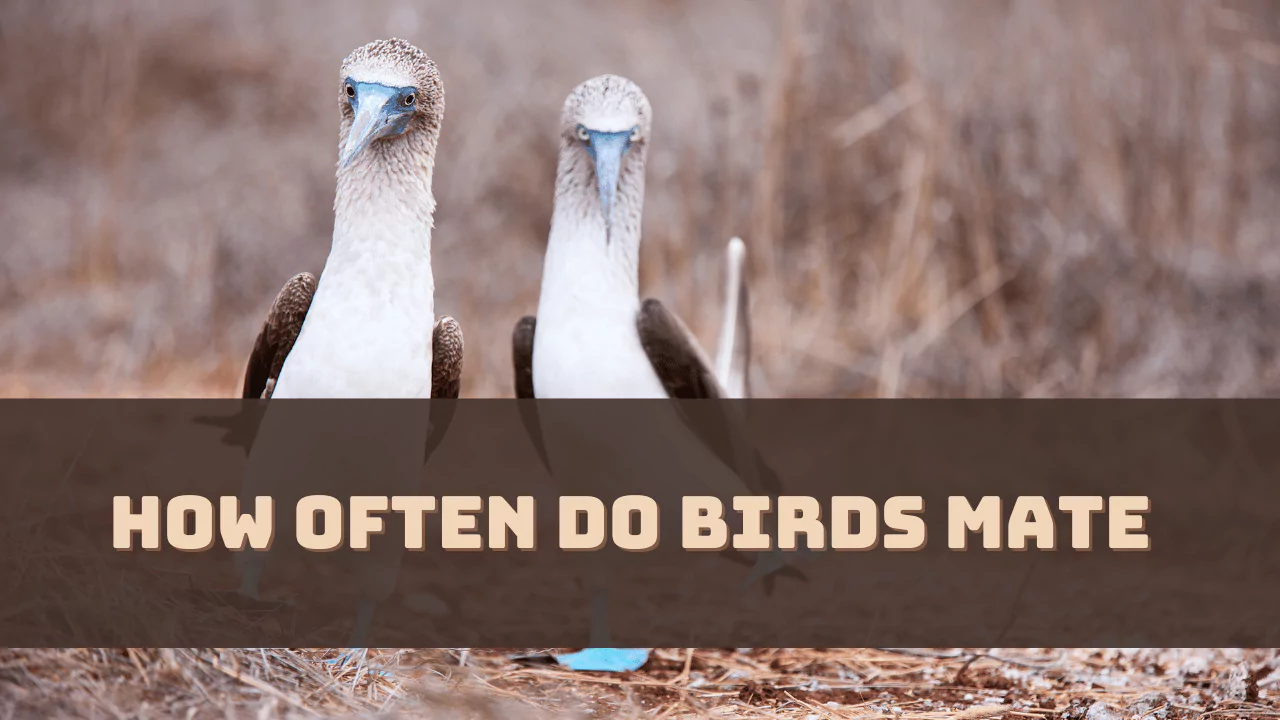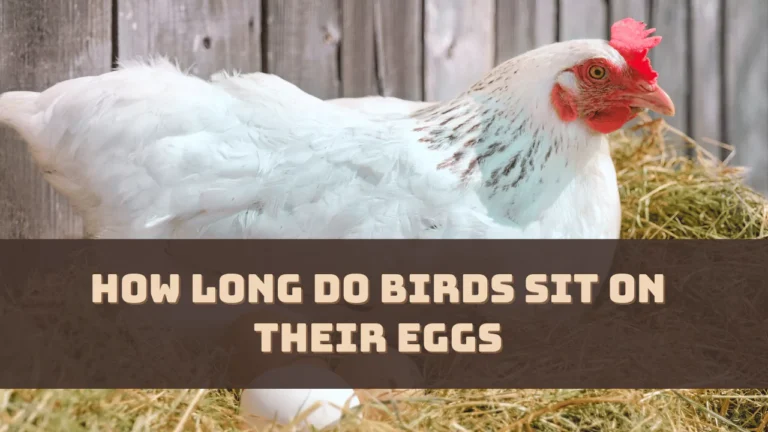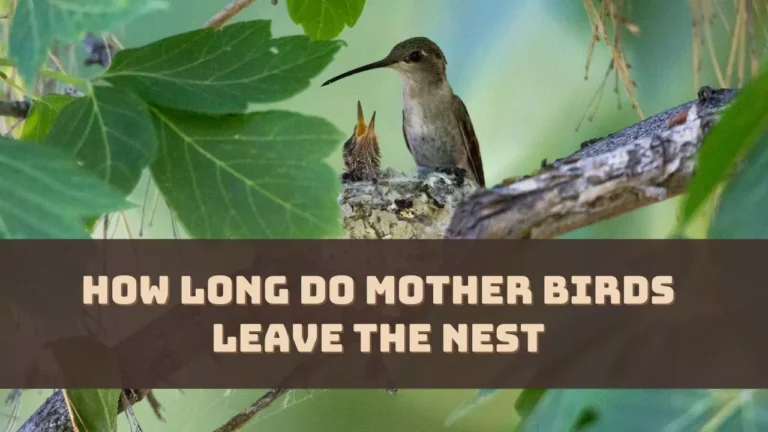Birds show diversity in their mating behavior based on the species, age and social behavior. The frequency is also influenced by the availability of mates and the necessity of a successful reproduction.
Birds show different types of mating systems, such as monogamy, polygamy and promiscuity and each comes with its share of advantages and challenges. It is also seen that they exhibit different types of courtship behavior and go through varied displays and rituals to acquire mates.
The frequency of mating is not fixed, some mate for life, while other birds mate with multiple partners during the breeding season. Some birds also breed with different partners in different breeding seasons, but the partner remains the same throughout the year.
So, let’s get to the depth.
What Factors Affect the Reproduction or Mating of a Bird?
The mating behavior of birds is influenced by species-specific characteristics, which include:
Environmental Cues
The day length or photoperiod impacts produce the physiological changes in the bird, along with season breeding behavior in the bird. They have a biological clock which activates the photoreceptors in the brain and eyes. It acts as a signal for the birds that the breeding season has begun as the day length increases, also when there is a decrease in daylight the size of the reproductive organ decreases.
Rainfall and Temperature
As the environment keeps changing due to changes in temperature, rainfall, daylight hours, it also affects the hormonal changes in the birds and which has a positive effect on mating behavior. If the bird is exposed to warmer weather, during the spring season, when the days are longer, they get engaged in mating rituals.
Food Availability
If they get proper food resources along with a suitable place to build a nest, then it influences their reproductive behavior positively. Now, these two processes are interrelated, as there is an increase in day length, the temperature increases and this further stimulates the growth of plants. so there is enough food supply to meet the efforts of a successful nesting
Hormonal Influence
Hormones trigger the seasonal development of the reproductive organs and there are various glands involved in it, lying on the hypothalamic-pituitary-gonadal axis. The hypothalamus gets activated due to day length and temperature, stealing the gonadotropin-releasing hormone which triggers the pituitary gland to release follicle-stimulating and luteinizing hormones, which further trigger the development of the reproductive glands.
Bird’s Breeding Pattern
Based on the species of the bird, you can witness a variety of breeding patterns. Some show monogamy, where the male and female mate for life, and they both take an equal part in incubating the egg and taking care of the young ones. Others show polygamy, where the males mate with multiple females and so the responsibility is not shared, rather the females are seen to be the sole caretakers. Some bird species also show promiscuity, where no long-term commitment is seen between the males and the females.
Bird Mating Season
Most of the birds are seen to exhibit seasonal breeding patterns and this is also influenced by the change in temperature and food availability. The scientific reason behind this is to ensure that the offspring are born in a season when food is abundant and the weather is also favorable so that the chicks can survive after hatching. Some species of birds mate throughout the year and their behavior is generally influenced by the availability of suitable mates, which would ensure that there is successful reproduction.
Frequency of Bird Mating
Birds like the bald eagle and California condor mate for life and they mate once every year during the breeding season and engage in a courtship ritual, which strengthens their bond. There are birds like the house sparrow that mate frequently and multiple times in one breeding season. Birds like Arctic Terns migrate long distances to find mates and a suitable mating ground.
Some bird species live in flocks and there is a huge competition seen, where the males compete to gain access to the females, which results in frequent mating. The mating frequency in these bird colonies depends on the male and female ratio, if the crow is less then the mating frequency gets reduced. Other than this, social interaction and reproductive requirements also influence the frequency of a bird mating.
What is a Courtship Display?
During the mating process, birds show courtship rituals and displays where they are seen exhibiting different types of behaviors, such as vocalization, dances and also displaying their unique plumage. The process of courtship also changes based on the habitat, resources available and mating system.
Which is the Most Unique Courtship Behavior among Birds?
The most unique courtship behavior among birds can be seen among Australian bowerbirds where they build intricate stick-like structures and they decorate them with flowers, berries and items that would attract the female birds. The males are seen to perform dances and songs that would attract the female counter, but the competition is high and females judge them based on their performances.
Also, among the Western grebe species, the birds are seen to perform a synchronized dance where they entwine their necks and paddle their feet through the water’s surface. This display is a depiction of a bonding process and also acts as a reassurance that their commitment would be strengthened.
What is the Role of Plumage in Bird Courtship?
The birds’ plumage is part of the courtship display, where the males are seen to exhibit different colorful feathers which have brilliant shade and color, which are meant to attract the females. However, the females have a subdued color. There are also alternative cases where the females are seen to exhibit colorful plumage and attract the males, such as the Phalarope birds and here males take the responsibility to provide the parental care.




